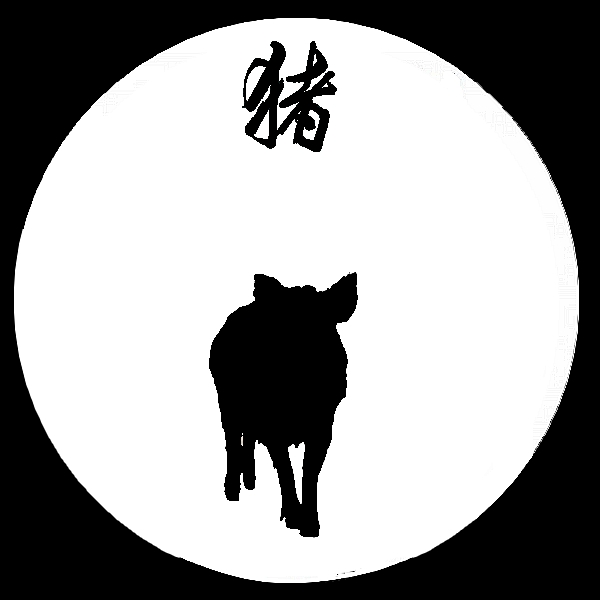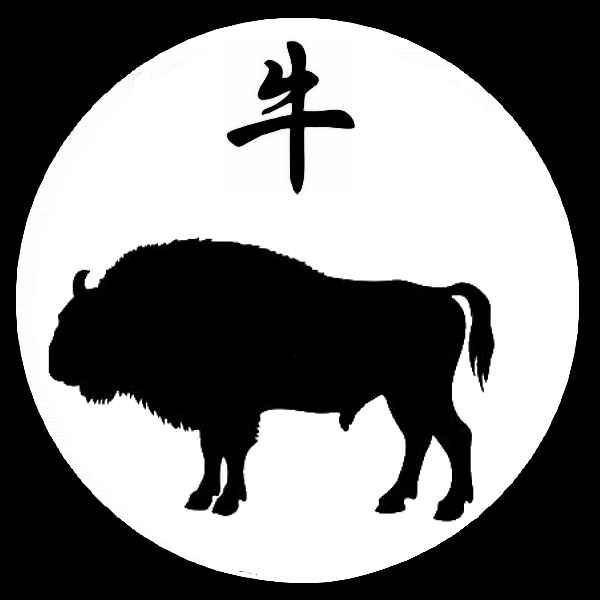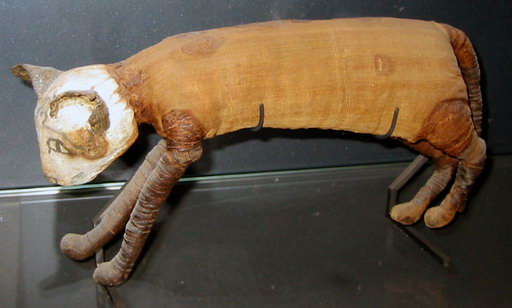|
Enjoy Your Rabbit
''Enjoy Your Rabbit'' is the second studio album by American musician Sufjan Stevens. It is a song cycle inspired by the animals of the Chinese zodiac. The album was reworked and rearranged for string instruments and released in 2009 as ''Run Rabbit Run (album), Run Rabbit Run''. Concept and production Each song on the album corresponds to a different part of the Chinese zodiac, with the exception of "Year of Our Lord" which, like many of Stevens' songs, Anno Domini, references his Christianity, Christian faith. In an interview with Delusions of Adequacy, Stevens revealed that he "wanted to create an aural environment for each animal: a movie soundtrack (without the movie)." He also described the relationship of imagination in listeners to the instrumental nature of the album, saying "Many people say the same thing: that they inevitably end up visualizing a place or a picture when listening (carefully) to the album. Maybe this is the purpose of instrumental music in the first place ... [...More Info...] [...Related Items...] OR: [Wikipedia] [Google] [Baidu] |
Sufjan Stevens
Sufjan Stevens ( ; born July 1, 1975) is an American singer, songwriter, and multi-instrumentalist. He has released ten solo studio albums and multiple collaborative albums with other artists. Stevens has received Grammy and Academy Award nominations. His debut album, ''A Sun Came'', was released in 2000 on the Asthmatic Kitty label, which he co-founded with his stepfather. He received wide recognition for his 2005 album ''Illinois (Sufjan Stevens album), Illinois'', which hit number one on the Billboard charts, ''Billboard'' Top Heatseekers chart, and for the single "Chicago (Sufjan Stevens song), Chicago" from that album. Stevens later contributed to the soundtrack of the 2017 film ''Call Me by Your Name (film), Call Me by Your Name''. He received an 90th Academy Awards, Academy Award nomination for Academy Award for Best Original Song, Best Original Song and a Grammy nomination for Grammy Award for Best Song Written for Visual Media, Best Song Written for Visual Media for the ... [...More Info...] [...Related Items...] OR: [Wikipedia] [Google] [Baidu] |
Sampling (music)
In sound and music, sampling is the reuse of a portion (or sample) of a sound recording in another recording. Samples may comprise elements such as rhythm, melody, speech, or sound effects. A sample might comprise only a fragment of sound, or a longer portion of music, such as a drum beat or melody. Samples are often layered, Equalization (audio), equalized, sped up or slowed down, repitched, Loop (music), looped, or otherwise manipulated. They are usually integrated using electronic music instruments (Sampler (musical instrument), samplers) or software such as digital audio workstations. A process similar to sampling originated in the 1940s with ''musique concrète'', experimental music created by Tape splice, splicing and Tape loop, looping tape. The mid-20th century saw the introduction of keyboard instruments that played sounds recorded on tape, such as the Mellotron. The term ''sampling'' was coined in the late 1970s by the creators of the Fairlight CMI, a synthesizer with th ... [...More Info...] [...Related Items...] OR: [Wikipedia] [Google] [Baidu] |
Dragon (zodiac)
The dragon () is the fifth of the 12-year cycle of animals that appear in the Chinese zodiac related to the Chinese calendar. The Year of the Dragon is associated with the Earthly Branch symbol 辰 (pinyin: ''chén''). It has been proposed that the Earthly Branch character may have been associated with scorpions; it may have symbolized the star Antares. In the Buddhist calendar used in Thailand, Cambodia, Laos, Myanmar, and Sri Lanka, the dragon is replaced by the nāga. In the Gurung zodiac, the dragon is replaced by the eagle. In the Old Turkic calendar it is replaced by a fish or crocodile. Early Persian translations of the medieval period change the dragon to a sea serpent, although in current times it is generally referred to as whale. During China's Cultural Revolution, there was an attempt to replace the dragon with the giant panda; however, the movement was short lived. Years and the five elements People born within these date ranges can be said to have been born ... [...More Info...] [...Related Items...] OR: [Wikipedia] [Google] [Baidu] |
Rooster (zodiac)
The Rooster () is the tenth of the 12-year cycle of animals which appear in the Chinese zodiac related to the Chinese calendar. The Year of the Rooster is represented by the Earthly Branch symbol 酉. In the Tibetan zodiac and the Gurung zodiac, the bird is in place of the Rooster. Years and the five elements People born within these date ranges can be said to have been born in the "Year of the Rooster", while bearing the following elemental An elemental is a mythic supernatural being that is described in occult and alchemy, alchemical works from around the time of the European Renaissance, and particularly elaborated in the 16th century works of Paracelsus. According to Paracelsu ... signs: Basic astrology elements See also * Rooster * Birds in Chinese mythology * Fenghuang References Further reading * * * * * External links * {{Authority control Birds in Chinese mythology Chinese astrological signs Vietnamese astrological signs Legendary birds Birds ... [...More Info...] [...Related Items...] OR: [Wikipedia] [Google] [Baidu] |
Goat (zodiac)
The Goat (, sometimes also translated Sheep or Ram) is the eighth of the 12-year cycle of animals which appear in the Chinese zodiac related to the Chinese calendar. This zodiacal sign is oftenWen Huang"Year of the Sheep, Goat or Ram?"''Chicago Tribune,'' January 31, 2003. Retrieved 8 February 2015. referred to as the "Ram" or "Sheep" sign, since the Chinese word ''yáng'' is more accurately translated as Caprinae, a taxonomic subfamily that includes both goats and sheep, but contrasts with other animal subfamily types such as Bovinae, Antilopinae, and other taxonomic considerations which may be encountered in the case of the larger family of Bovidae in Chinese mythology, which also includes the Ox (zodiac). The Year of the Goat is associated with the 8th Earthly Branch symbol, 未 (''wèi''). Goat or Sheep The Chinese word ''yáng'' refers to both goats and sheep, whereas the terms ''shānyáng'' () and ''miányáng'' () refer exclusively to goats and sheep, respectively.< ... [...More Info...] [...Related Items...] OR: [Wikipedia] [Google] [Baidu] |
Snake (zodiac)
The snake ( 蛇) is the sixth of the twelve-year cycle of animals which appear in the Chinese zodiac related to the Chinese calendar. The Year of the Snake is associated with the Earthly Branch symbol 巳. Besides its use in the cycle of years, the zodiacal snake is otherwise used to also represent hours of the day. Snakes have a long and complicated place in Chinese mythology and culture. Other uses The same twelve animals are also used to symbolize the cycle of hours in the day, each being associated with a two-hour time period. The hour of the snake is 9:00 to 11:00 a.m., the time when the Sun warms up the Earth, and snakes are said to slither out of their holes. The month of the snake is the 4th month of the Chinese lunar calendar and it usually falls within the months of May through June depending on the Chinese to Gregorian calendar conversion. The reason the animal signs are referred to as zodiacal is that one's personality is said to be influenced by the animal ... [...More Info...] [...Related Items...] OR: [Wikipedia] [Google] [Baidu] |
Tiger (zodiac)
The Tiger ( 虎) is the third of the 12-year cycle of animals which appear in the Chinese zodiac related to the Chinese calendar. The Year of the Tiger is associated with the Earthly Branch symbol 寅. Compatibility Cycle: (Trine Group) Tiger needs Horse, Horse needs Dog, Dog needs Tiger; (Opposite Sign) but his rival opposes the Monkey. Tiger can not get along with Snake. Years and the Five Elements People born within these date ranges can be said to have been born in the "Year of the Tiger", while bearing the following elemental sign: Basic astrology elements See also *Tiger The tiger (''Panthera tigris'') is a large Felidae, cat and a member of the genus ''Panthera'' native to Asia. It has a powerful, muscular body with a large head and paws, a long tail and orange fur with black, mostly vertical stripes. It is ... * Burmese zodiac References External links * {{Chinese Zodiac Chinese astrological signs Animals in Chinese mythology Vietnamese astrological ... [...More Info...] [...Related Items...] OR: [Wikipedia] [Google] [Baidu] |
Pig (zodiac)
The Pig ( 豬) or sometimes translated as the Boar is the twelfth of the 12-year cycle of animals which appear in Chinese zodiac, in relation to the Chinese calendar and system of horology, and paralleling the system of ten Heavenly Stems and twelve Earthly Branches. Although the term "zodiac" (etymologically referring to a " ircle oflittle animals") is used in the phrase "Chinese zodiac", there is a major difference between the Chinese usage and Western astrology: the zodiacal animals (including the zodiacal Pig) do not relate to the zodiac as the area of the sky that extends approximately 8° north or south (as measured in celestial latitude) of the ecliptic, the apparent path of the Sun, the Moon, and visible planets across the celestial sphere's constellations, over the course of the year. In Chinese astrology, "zodiacal" animals refer to fixed cycles of twelve animals. The same cycle of twelve is used for cycles of years and cycles of hours. In the case of years, the ... [...More Info...] [...Related Items...] OR: [Wikipedia] [Google] [Baidu] |
Ox (zodiac)
The Ox ( 牛) is the second of the 12-year periodic sequence (cycle) of animals which appear in the Chinese zodiac related to the Chinese calendar, and also appears in related calendar systems. The Chinese term translated here as '' ox'' is in Chinese ''niú '' ( 牛), a word generally referring to cows, bulls, or neutered types of the bovine family, such as common cattle or water buffalo. The zodiacal ox may be construed as male, female, neutered, intersex (formerly referred to as hermaphroditic), and either singular or plural. The Year of the Ox is also denoted by the Earthly Branch symbol ''chǒu'' ( 丑). The term "zodiac" ultimately derives from an Ancient Greek term referring to a "circle of little animals". There are also a yearly month of the ox and a daily hour of the ox ( Chinese double hour, 1:00 a.m. to 3:00 a.m.). Years of the oxen (cows) are cyclically differentiated by correlation to the Heavenly Stems cycle, resulting in a repeating cycle of five ... [...More Info...] [...Related Items...] OR: [Wikipedia] [Google] [Baidu] |
Rat (zodiac)
The Rat or Mouse ( 鼠) is the first of the repeating 12-year cycle of animals which appear in the Chinese zodiac, constituting part of the Chinese calendar system (with similar systems in use elsewhere). The Year of the Rat in standard Chinese is . The rat is associated with the first branch of the Earthly Branch symbol 子 (''zǐ''), which starts a repeating cycle of twelve years. The Chinese word ''shǔ'' ( 鼠) refers to various small rodents (Muroidea), such as rats and mice. The term "zodiac" ultimately derives from an Ancient Greek term referring to a "circle of little animals". There are also a yearly month of the rat and a daily hour of the rat ( Chinese double hour, midnight, 11:00 p.m. to 1:00 a.m.). Years of the rat are cyclically differentiated by correlation to the Heavenly Stems cycle, resulting in a repeating cycle of five years of the rat (over a sixty-year period), each rat year also being associated with one of the Chinese wu xing, also known ... [...More Info...] [...Related Items...] OR: [Wikipedia] [Google] [Baidu] |
Monkey (zodiac)
The monkey ( 猴) is the ninth of the 12-year cycle of animals which appear in the Chinese zodiac related to the Chinese calendar. The year of the monkey is associated with the Earthly Branch symbol 申. Years and the five elements People born within these date ranges can be said to have been born in the "year of the monkey", while bearing the following elemental An elemental is a mythic supernatural being that is described in occult and alchemy, alchemical works from around the time of the European Renaissance, and particularly elaborated in the 16th century works of Paracelsus. According to Paracelsu ... sign: Basic astrology elements References Further reading * * * External links * {{Authority control Chinese astrological signs Vietnamese astrological signs Monkeys and apes in Chinese mythology de:Chinesische Astrologie#Zählung ab Jahresbeginn ... [...More Info...] [...Related Items...] OR: [Wikipedia] [Google] [Baidu] |
Cat (zodiac)
The Cat is the 4th animal symbol in the 12-year cycle of the Vietnamese zodiac, and Gurung zodiac, taking place of the Rabbit in the Chinese zodiac. As such, the traits associated with the Rabbit are attributed to the Cat. Cats are in conflict with the Rat. Legends relating to the order of the Chinese zodiac often include stories as to why the cat was not included among the twelve. Because the Rat tricked the cat into missing the banquet with the Jade Emperor, the cat was not included and was not aware that the banquet was going on and was not given a year, thus began the antipathy between cats and rats. It is possible domesticated cats had not proliferated through China at the zodiac's induction. Another legend known as "The Great Race" tells that all the animals in the zodiac were headed to the Jade Emperor. The Cat and Rat were the most intelligent of the animals, however they were both also poor swimmers and came across a river. They both tricked the kind, naïve Ox to assist ... [...More Info...] [...Related Items...] OR: [Wikipedia] [Google] [Baidu] |










